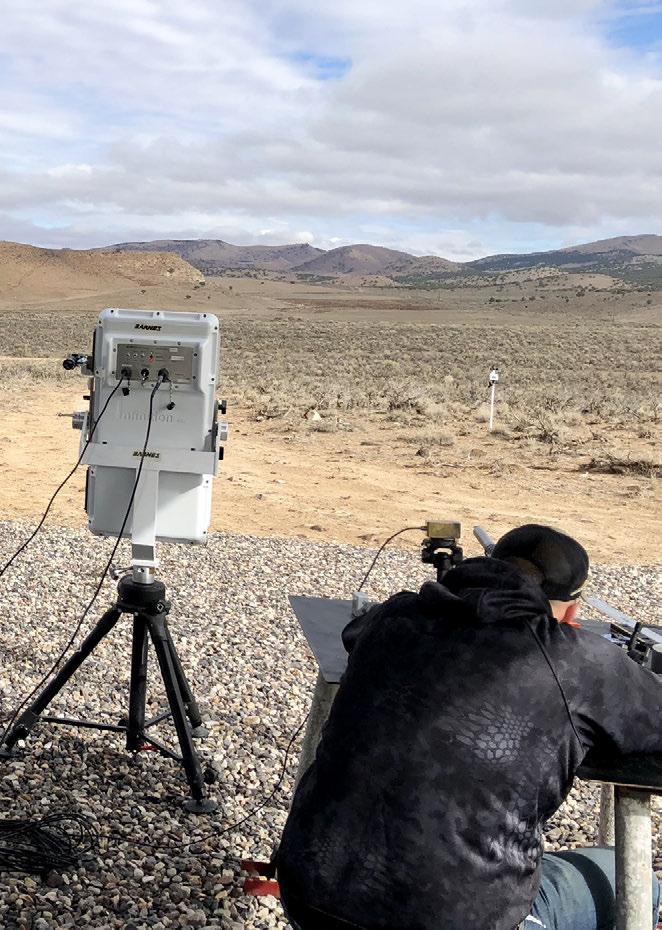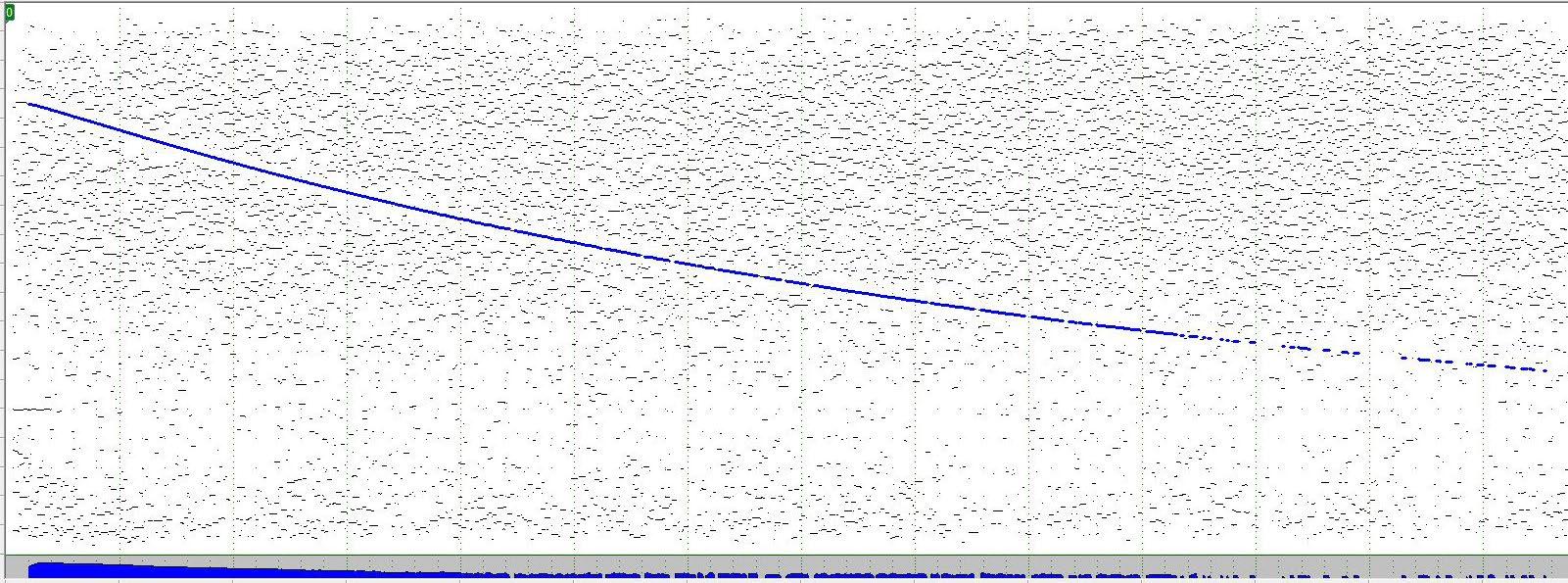
1 minute read
BARNES BALLISTIC COEFFICIENT VALIDATION. MEASURE TWICE, ESTIMATE NEVER.
from Barnes Catalogue
by gravelagency

Before it makes it to you, every new Barnes bullet must make it through one of the industry’s most rigorous testing protocols, followed directly by another; advanced Doppler Radar. No short-distance measuring. No computer estimating. Because the smallest variations in velocity, pressure or time of flight add up to downrange differences we’ll never accept, nor ask you to. Our process delivers ultimate precision for our published BC values and, most importantly, downrange.
Advertisement
anywhere from just in front of the muzzle to 1600+ yards downrange. Instead of measuring a single BC value, this system allows us to measure multiple drag coefficient (CD) values for the full velocity range of the flight.

Barnes utilizes it’s 300 yard indoor range to accurately measure and calculate BC values, using three variables: instrumental velocity, time of flight (TOF) and air density. Instrumental velocity and TOP are measured using commercial ballistic testing equipment, accurate within .1%. Air density is determined by carefully measuring the current temperature pressure, and humidity at our indoor range. But Barnes doesn’t stop there. Even though this test method ranks among the most accurate in the industry, we confirm all data using another highly accurate measuring technique – Doppler radar.
Doppler radar sends electromagnetic waves at a known frequency toward the bullet in flight. These waves reflect off the bullet, returning to the radar head where a new frequency is recorded. The change in frequency is known as the Doppler effect. From this change, the bullet’s velocity and TOF are measured thousands of times,

The first step in post analysis to measure the CD values, is to accurately model the bullet using a 6 Degree of Freedom (DOF) software. This program accurately determines the mass properties and estimates the aerodynamic coefficients. This data is then passed into additional sophisticated software, which runs a theoretical flyout in an attempt to match the observed data. The drag curve (CD vs Mach #) is modified until the theoretical matches the observed. When the error has been minimized to a few fps, the drag curve is finalized.
From here, the BC can be calculated for a given Mach #. Barnes compares the BC value between the two test methods to determine the validity of the value. In almost every case, there is a very small error between the values and the BC value is settled upon and finalized. If not, we go back and repeat testing to ensure we’re providing the most accurate data possible.
At Barnes, we take great pride in our published BC values. We’re committed to providing shooters data they can trust, every time. By double checking and validating data using these two proven methods, you can be confident you’re sending your best.









